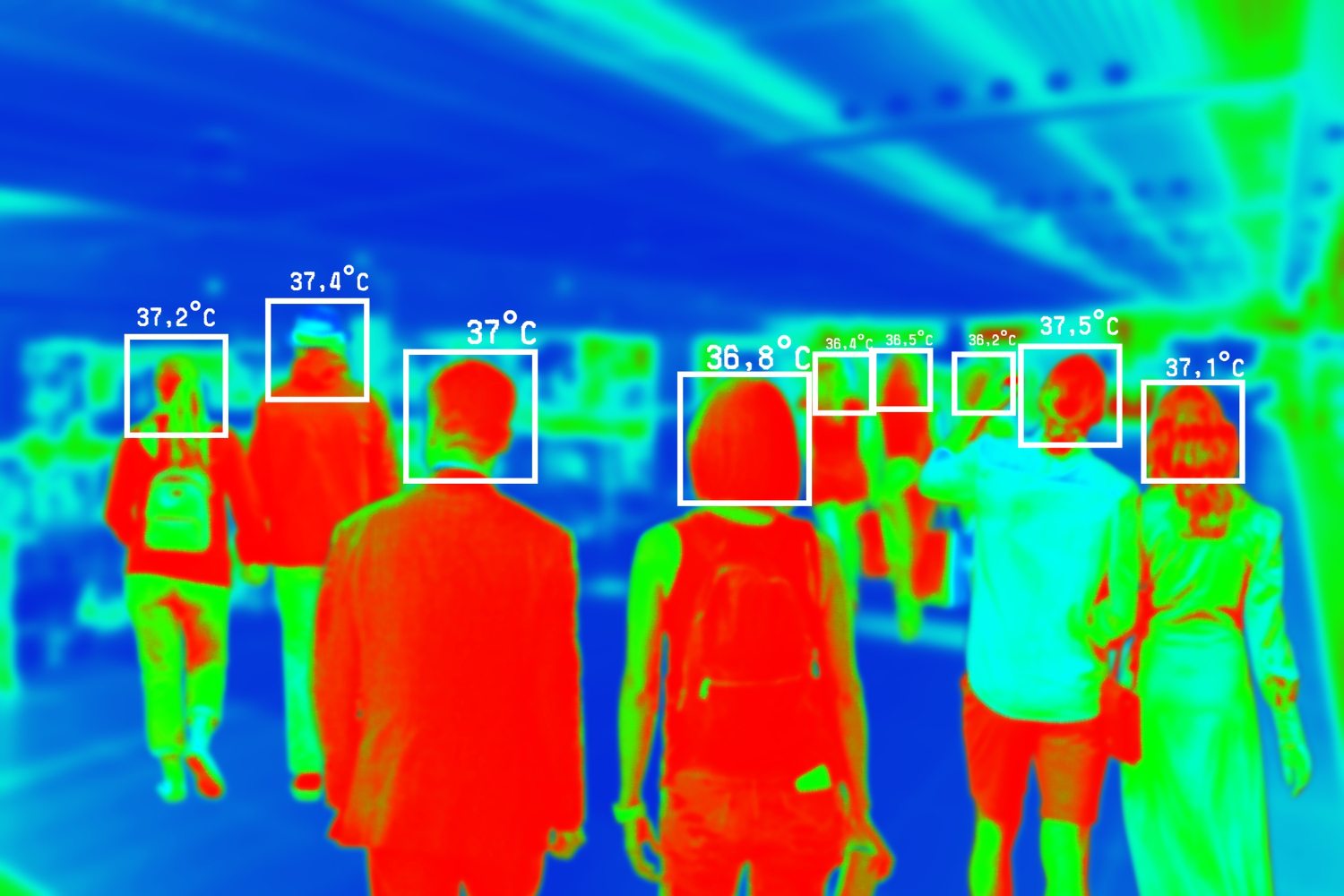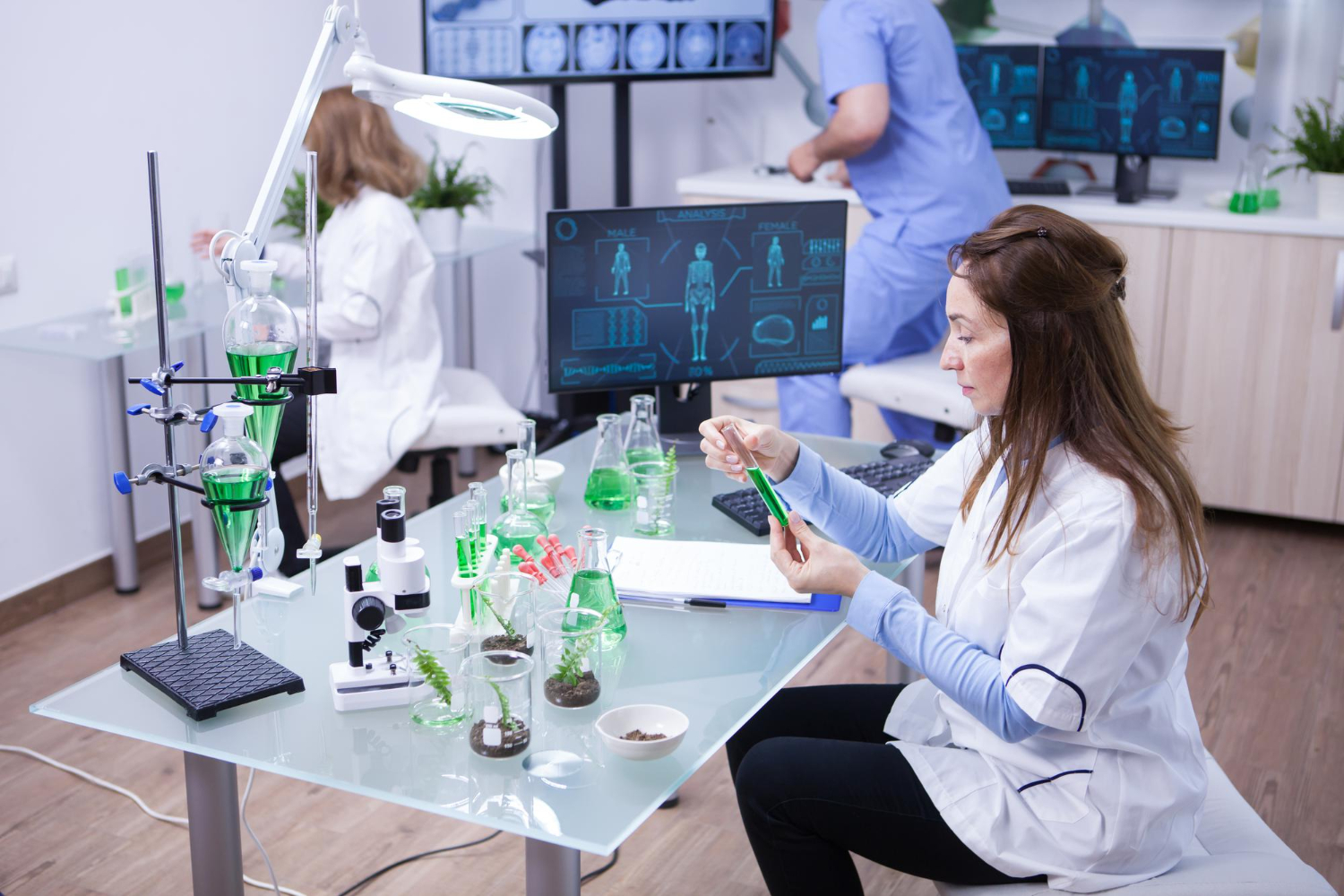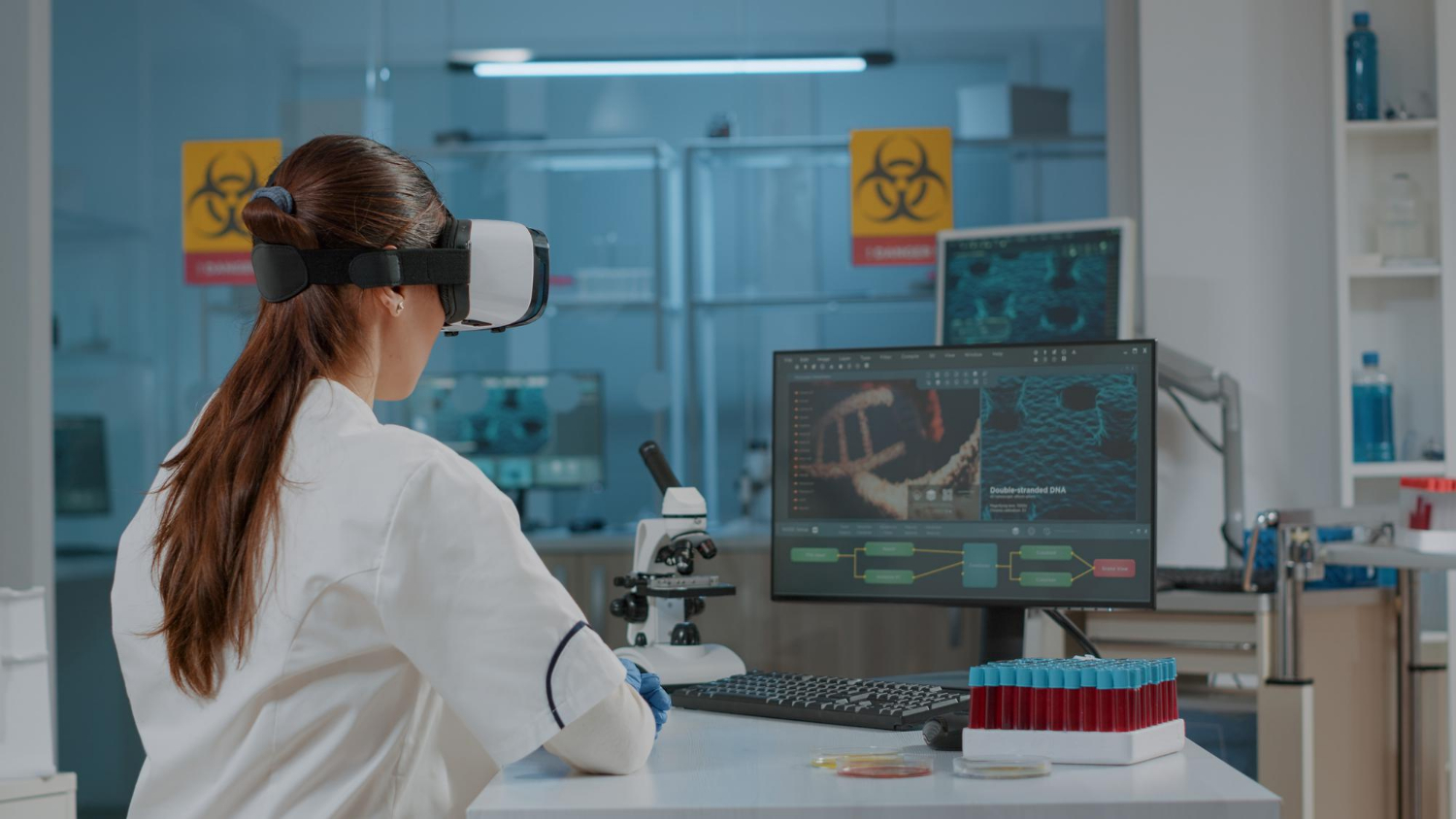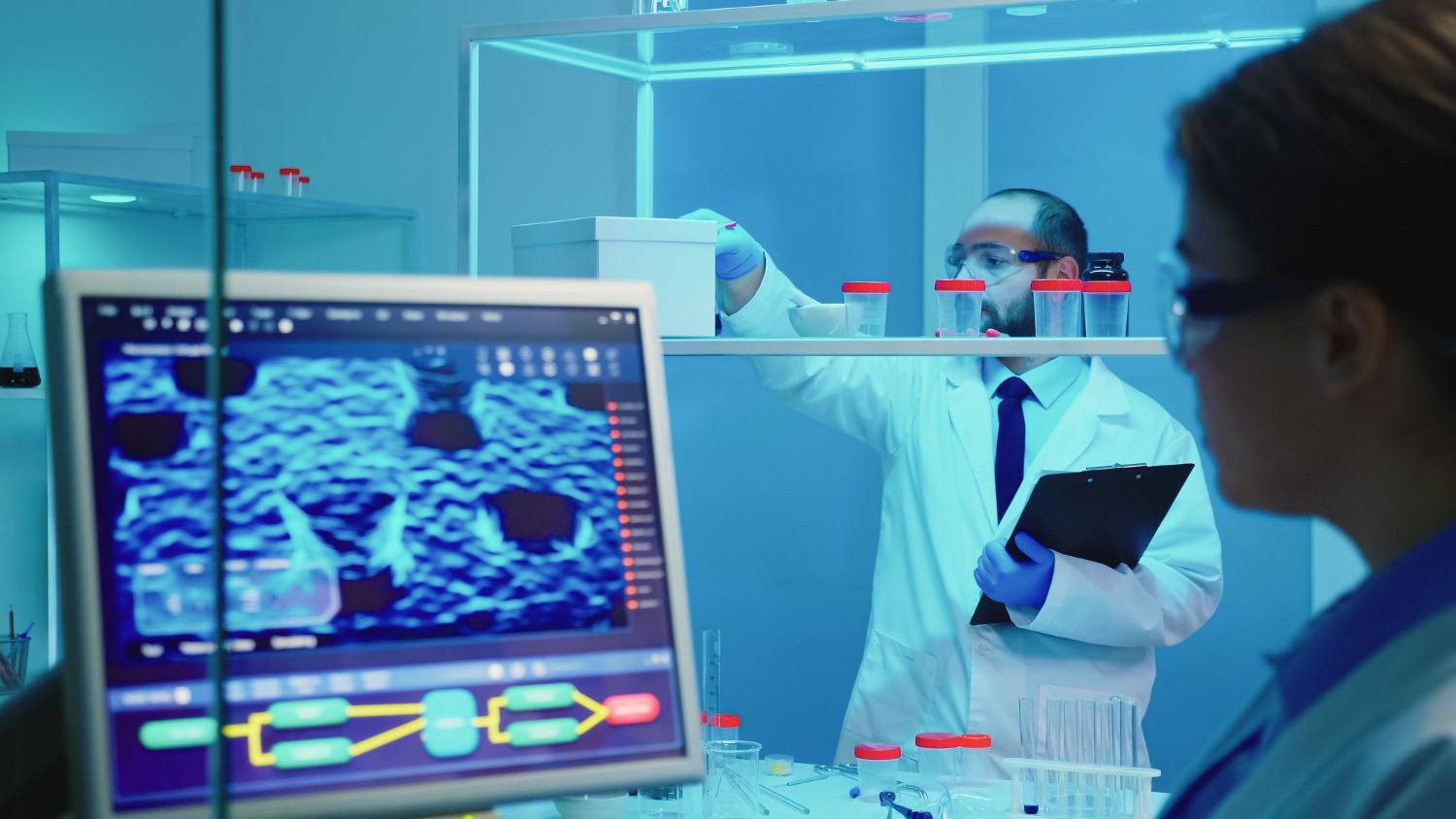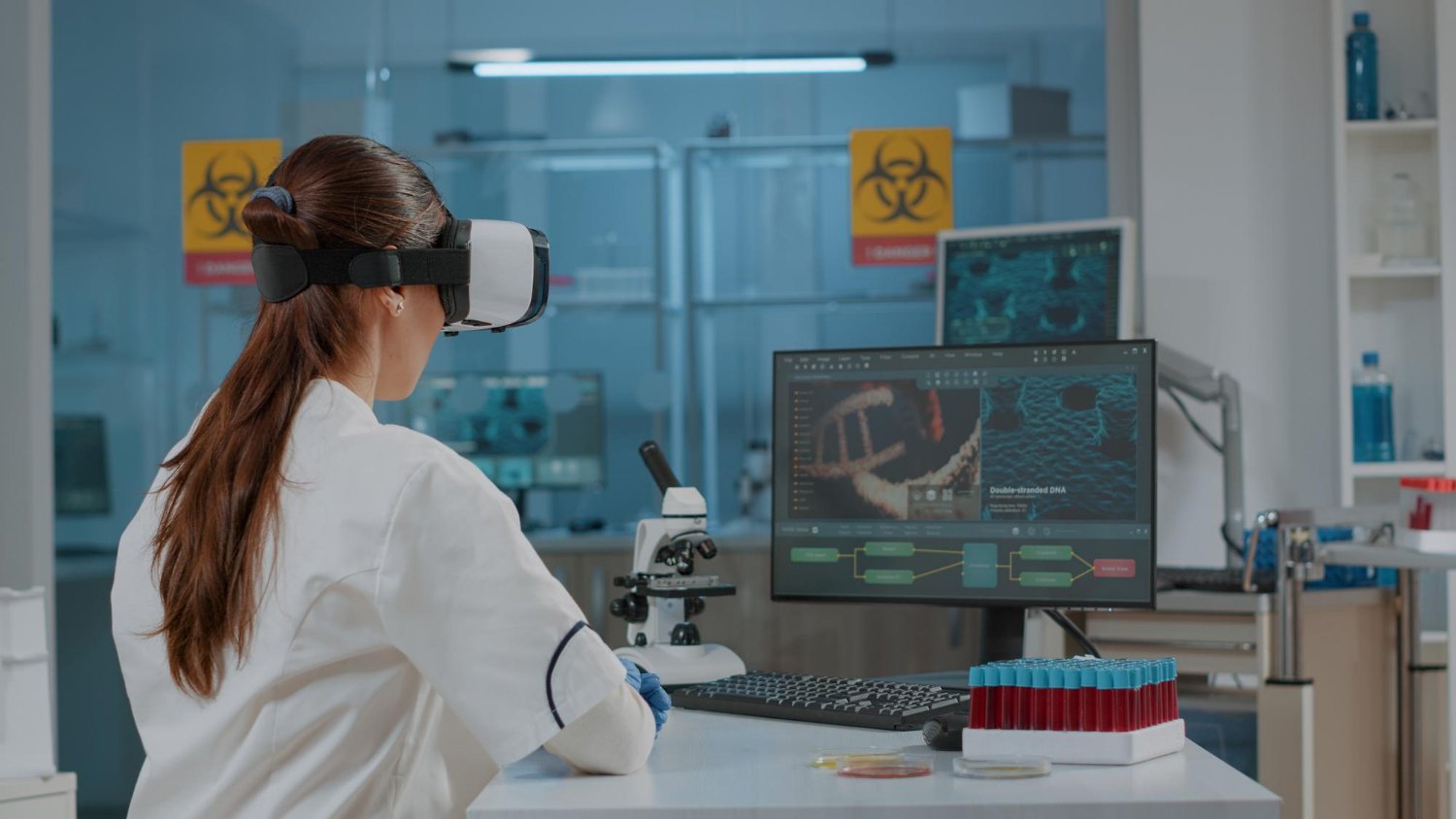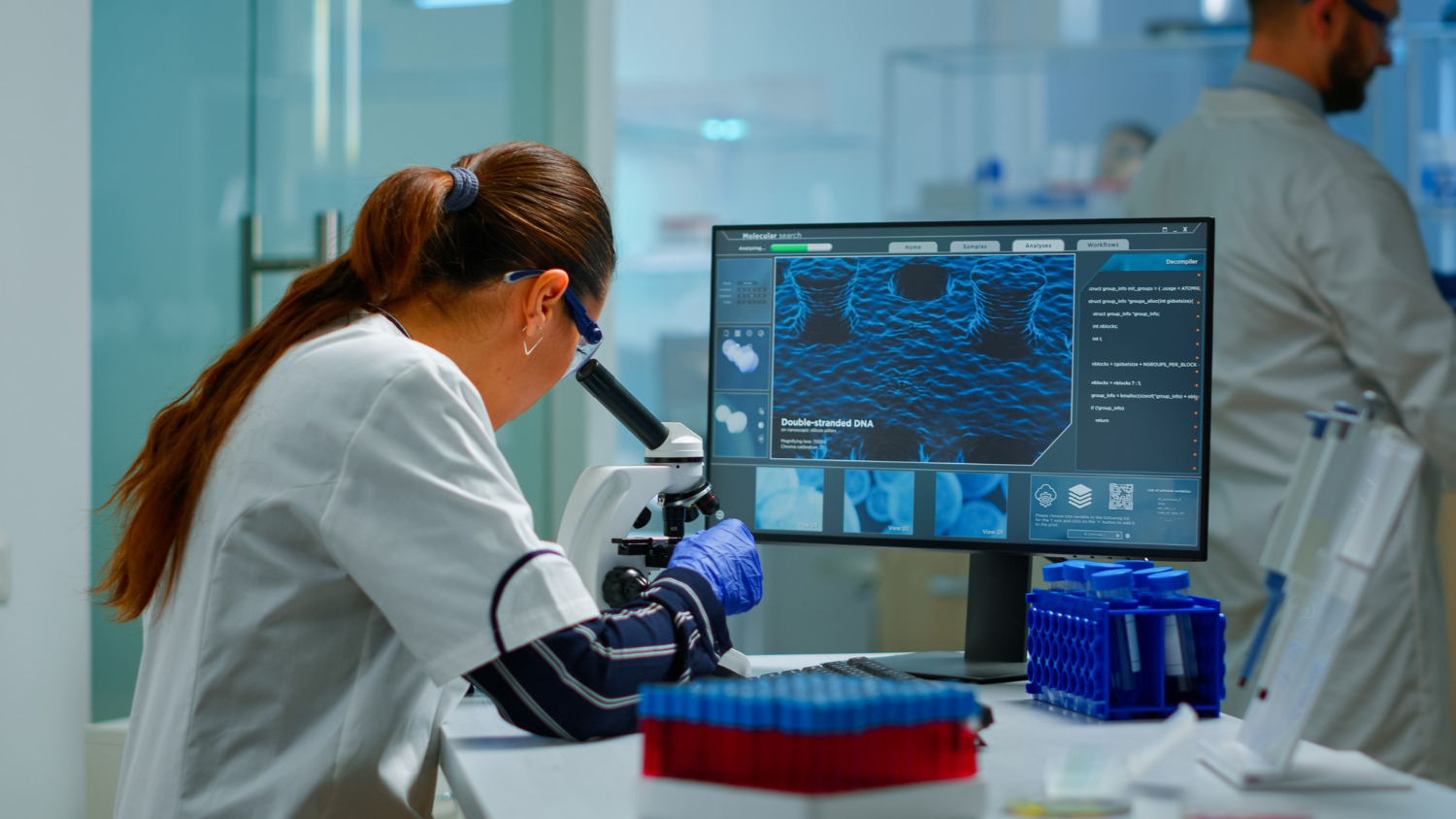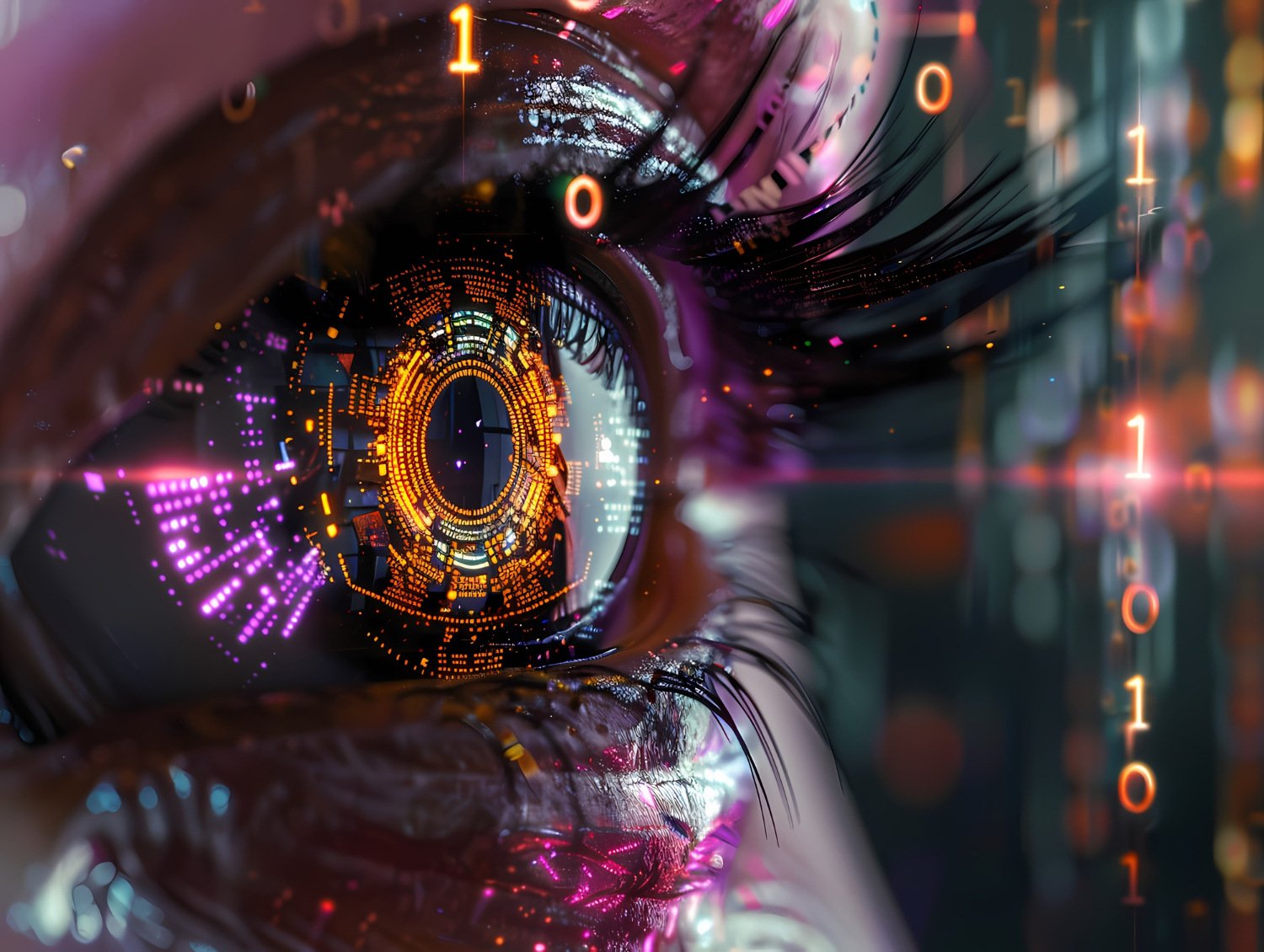Introduction
Computer vision technology is transforming how businesses operate. By enabling computers to analyse and interpret visual information, it bridges the gap between the digital and physical worlds. From recognising faces to processing medical images, its applications are vast and impactful.
Experts often discuss deep learning and machine learning in this field. However, traditional methods in computer vision are still crucially important. These methods offer practical, reliable, and efficient solutions for business challenges. They often do this without needing complex models or large datasets.
This article looks at how computer vision works. It discusses its many uses and why it is important for businesses. Companies need to stay ahead in a competitive market.
How Computer Vision Works
Computer vision enables computers to process and understand images or videos in a way similar to human vision. By using algorithms and models, it extracts patterns, identifies objects, and draws meaningful insights from visual information.
At the heart of these systems are key techniques like image processing, feature extraction, and pattern recognition. These approaches form the foundation for more advanced methods, such as convolutional neural networks and deep learning models.
In simpler terms, computer vision works by breaking down visual data into smaller, interpretable components. These components allow machines to identify and classify objects, track movements, and detect anomalies in the real world.
Key Techniques in Computer Vision
Image Processing
Image processing prepares raw visual data for analyzing. It involves operations like noise reduction, edge detection, and colour adjustment. These steps help systems focus on the most relevant aspects of an image or video.
Feature Extraction
This process identifies unique elements in images, such as edges, shapes, or textures. Feature extraction enables computers to differentiate between objects and classify them effectively.
Pattern Recognition
Pattern recognition helps systems identify recurring shapes, movements, or sequences in visual data. Researchers widely use it in fields like facial recognition, object tracking, and medical imaging.
Optical Character Recognition (OCR)
OCR converts printed or handwritten text into digital form. This capability is invaluable for tasks like digitising documents or automating data entry.
Convolutional Neural Networks (CNNs)
CNNs are a type of deep learning model specifically designed for analysing visual data. They are great at recognizing objects and patterns in images. People often use them in self-driving cars and image recognition.
Real-World Applications of Computer Vision
Inventory Management
In retail and warehousing, computer vision helps track inventory efficiently. It enables systems to scan barcodes, count items, and even detect misplaced stock. This reduces human error and improves productivity.
Read more: How Computer Vision Transforms the Retail Industry
Medical Imaging
Healthcare professionals use computer vision systems to analyse medical images, such as X-rays, MRIs, and CT scans. These tools assist in detecting diseases, identifying abnormalities, and providing faster, more accurate diagnoses.
Read more: AI in medical imaging
Autonomous Vehicles
Autonomous vehicles rely on computer vision to navigate the real world. They use image recognition and object tracking to identify road signs, lanes, and obstacles, ensuring safe and efficient operation.
Read more: AI for Autonomous Vehicles: Redefining Transportation
Facial Recognition
Facial recognition systems identify and verify individuals based on their unique features. People use this technology for security, personalized services, and even in payment systems.
Read more: Facial Recognition in Computer Vision Explained
Quality Control in Manufacturing
In industrial settings, computer vision works to inspect products for defects. By analysing images or videos of production lines, it ensures that only high-quality goods reach the market.
Read more: Computer Vision in Manufacturing
Optical Character Recognition (OCR)
Businesses across sectors use OCR to digitise physical documents. This eliminates the need for manual data entry and speeds up processes like invoice processing and record management.
Why Businesses Should Use Computer Vision Technology
Improved Efficiency
Computer vision reduces the time and effort required for repetitive tasks. Automating processes like inventory counting or document scanning allows employees to focus on more strategic activities.
Cost Savings
Automation powered by computer vision lowers operational costs. Businesses can reduce errors, minimise waste, and optimise workflows.
Enhanced Accuracy
Machine learning and deep learning models improve accuracy in tasks like object detection and image recognition. This leads to better outcomes in areas such as medical imaging or quality control.
Real-Time Decision-Making
Computer vision systems provide insights in real time. This is especially useful for applications like autonomous vehicles or security monitoring, where quick decisions are critical.
Scalability
Computer vision solutions can be scaled to meet growing business needs. Whether analysing hundreds of images or thousands, these systems adapt easily.
The Role of Artificial Intelligence and Deep Learning
Artificial intelligence (AI) and deep learning have advanced the capabilities of computer vision technology significantly. Deep learning models, particularly convolutional neural networks, allow systems to process complex visual data.
For instance, autonomous vehicles depend on these models to interpret the environment around them. Similarly, facial recognition systems use AI algorithms to identify individuals with remarkable precision.
Despite these advancements, traditional methods remain essential. They offer simpler, cost-effective solutions for businesses that don’t require advanced capabilities.
Challenges in Computer Vision
-
Complexity in Real-World Environments: Processing visual information from dynamic, real-world environments can be challenging. Systems may struggle with poor lighting, occlusion, or cluttered backgrounds.
-
Data Quality and Availability: High-quality images or videos are essential for accurate results. Poor-quality data can reduce the effectiveness of computer vision systems.
-
Integration with Existing Systems: Adapting computer vision technology to existing hardware and software can sometimes be difficult. Businesses need to ensure seamless integration to maximise its benefits.
-
Ethical Concerns: Technologies like facial recognition raise privacy concerns. Businesses must use these tools responsibly and comply with relevant regulations.
Streamlining Logistics and Supply Chain Management
Computer vision is making significant contributions to logistics and supply chain management. By automating key processes, companies can save time and resources.
-
Warehouse Automation: Computer vision systems in warehouses track inventory in real time. They identify stock levels, detect misplaced items, and help with replenishment planning. Image processing technology scans barcodes and labels faster than manual methods, speeding up workflows.
-
Delivery Optimisation: Computer vision enhances the efficiency of delivery routes. By analysing real-world conditions such as traffic and weather, systems provide updated navigation options. AI-enabled image recognition also ensures package integrity by identifying damage or tampering during transit.
-
Predictive Maintenance: In logistics hubs, cameras equipped with computer vision technology monitor equipment for early signs of wear and tear. This reduces downtime and prevents costly repairs by addressing issues proactively.
Read more: How does artificial intelligence impact the supply chain?
Improved Customer Service Through Personalisation
Businesses are using computer vision to improve customer interactions. By understanding customer behaviour and preferences, companies can create tailored experiences.
-
In-Store Analytics: Retailers deploy computer vision systems to analyse how customers move through their stores. Object tracking allows businesses to understand which areas attract the most attention. This data helps with optimising store layouts and product placements.
-
Facial Recognition for Personalisation: Facial recognition systems identify repeat customers, enabling personalised greetings or customised promotions. For instance, a restaurant could use this technology to remember a customer’s preferred meal.
-
Virtual Try-Ons: E-commerce platforms use computer vision for augmented reality (AR) applications). Customers can “try on” products, such as clothing or eyewear, by uploading an image or video. This improves the shopping experience and reduces product returns.
Read more: AI Revolutionising Fashion & Beauty
Enhanced Security and Fraud Prevention
Security is another area where computer vision proves invaluable. Its ability to process visual information in real time allows businesses to respond quickly to threats.
-
Video Surveillance: Smart surveillance systems powered by computer vision identify unusual activities or unauthorised access. Object detection algorithms analyse footage continuously, alerting security teams to potential threats.
-
Fraud Detection: In financial services, computer vision systems verify documents such as ID cards and banknotes. This helps prevent fraudulent transactions by detecting forgeries or altered documents.
-
Access Control: Facial recognition and biometric scanning ensure only authorised personnel access restricted areas. These systems provide an added layer of security for offices, factories, and sensitive facilities.
Advances in Training Data and Machine Learning
The effectiveness of computer vision depends heavily on training data and machine learning models. Recent advancements have made these systems more accurate and reliable.
Smaller Training Datasets
Traditionally, computer vision required large amounts of labelled data for training. However, improved algorithms now achieve high accuracy with smaller datasets. This makes it easier for businesses with limited resources to adopt the technology.
Transfer Learning
Transfer learning allows businesses to use pre-trained models for specific tasks. For instance, a company could adapt an existing facial recognition model for employee attendance tracking. This approach reduces development time and costs.
Real-Time Machine Learning
Real-time learning enables systems to adapt to new data quickly. For example, autonomous vehicles can learn from changing road conditions without requiring retraining from scratch.
Future of Computer Vision in Business
The future of computer vision promises exciting developments. Innovations in hardware, algorithms, and applications will further enhance its capabilities.
-
Edge Computing: Edge computing allows computer vision systems to process data locally, reducing latency. This is especially useful for time-sensitive tasks, such as object tracking in manufacturing or medical imaging analysis.
-
3D Vision Systems: While current systems excel at analysing 2D images, 3D computer vision is gaining traction. Businesses in construction and engineering can benefit from 3D modelling and depth perception.
-
Ethical AI Practices: As the use of facial recognition and surveillance expands, businesses will need to adopt ethical practices. This includes ensuring transparency, protecting privacy, and complying with regulations.
Success Stories in Business
Retail
A global retailer used computer vision to monitor shelf stock levels. This resulted in fewer stockouts and improved customer satisfaction.
Healthcare
A hospital implemented medical imaging tools to assist radiologists. The system identified early signs of diseases, leading to improved patient outcomes.
Read more: How NLP Solutions Are Transforming Healthcare
Manufacturing
A manufacturing company used object detection for quality control. By automating inspections, they reduced production errors and increased efficiency.
Future Trends in Computer Vision
Greater Use of AI Models
As AI continues to evolve, businesses will adopt even more advanced computer vision systems. These models will handle complex tasks with greater accuracy.
Integration with IoT
Combining computer vision with IoT devices will enhance applications like smart surveillance and industrial automation.
Expansion into New Industries
Fields like agriculture and education are beginning to embrace computer vision. This will open up new possibilities for innovation.
Advancements in Medical Imaging
With continued improvements in image analysis, medical imaging tools will provide even greater support to healthcare professionals.
How TechnoLynx Can Help
TechnoLynx specialises in creating tailored computer vision solutions for businesses. Whether you need inventory management, facial recognition, or medical imaging systems, we can deliver results.
Our team combines expertise in image processing, machine learning, and deep learning to provide cutting-edge solutions. We ensure that your systems are efficient, cost-effective, and aligned with your business goals.
Get in touch with TechnoLynx to learn how our computer vision technology can benefit your business.
Continue reading: Understanding Computer Vision and Pattern Recognition
Image credits: Freepik

